Onion Quality Control
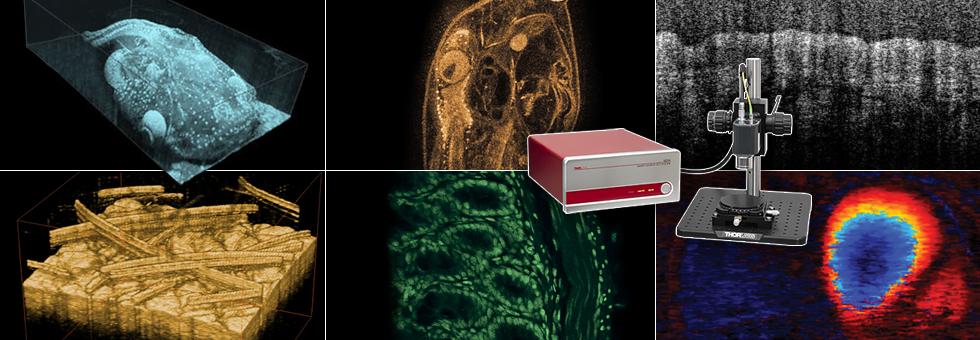

Please Wait
Optical Coherence Tomography:
A Promising Imaging Modality for Onion Quality Control
Featured Researchers:
I. V. Meglinski, C. Buranachai, and L. A. Terry
Onions are one of the most frequently purchased vegetables worldwide, yet storage-related onion defects remain a real problem. Postharvest diseases that cannot be detected with simple human inspection are one of the leading threats to onion profitability. Typical onion defects include watery scale, neck rot caused by the fungus Botrytis allii, and bruising (see Fig. 1). As the demands of consumers for year-round access to high quality fresh produce continue to rise, there is a need for inexpensive and reliable technologies that can nondestructively screen fruits and vegetables for internal defects.
Figure 1. Typical onion defects. Top: Watery Scale is a condition where one or more of the concentric laminae layers becomes infected by secondary bacteria that eventually results in internal breakdown. This defect causes the outer layers of the onion to appear water soaked with a brown or yellowish tinge. Middle: Neck rot caused by the fungus Botrytis allii. Bottom: Bruising. In the past, non-invasive techniques such as computer X-Ray Tomography, Positron Emission Tomography (PET), ultrasound, and Magnetic Resonance Imaging (MRI) have been used for rapid screening of fresh produce, but in many cases, these techniques are too costly for wide-scale deployment. Another imaging technique has emerged as a viable choice for studying the internal defects and structure of non-transparent scattering media: Optical Coherence Tomography (OCT). Recently, a collaborative group of researchers1 within the Plant Science Laboratory at Cranfield University (UK) conducted a feasibility study using a Thorlabs Swept Source OCT System with a central wavelength of 1325 nm to obtain cross-sectional images of internal onion tissue and thereby detect the presence and severity of onion defects. In their experiment, Meglinski et al. imaged with micron-level spatial resolution the onion's skins and outer laminae (i.e., concentric tissue layers) in situ. Their results are presented in Fig. 2. The onion's structure including the dried skin, outer tissue layers, and roots as well as possible tissue aberrations up to 0.5 mm deep are all visible in these OCT images. The results of this experimental research demonstrate that OCT can be successfully employed to identify histological changes that are possibly indicative of internal defects in fruits and vegetables. By using this non-invasive imaging modality for rapid screening and sorting of onions prior to, during, and after postharvest storage, onion growers in the future may be able to not only ensure that top-quality produce reaches the consumer but also prevent large portions of their crop - as much as 30% in some cases - from being unsalable due to unfavorable storage conditions that lead to diseases not being detected with the human eye. 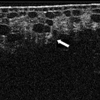 (b) 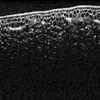 (a) Figure 2. Cross-sectional SS-OCT images of intact onion bulb samples from the cultivar Sherpa. Each image measures 3 mm x 1.6 mm. (a) Normal health onion tissue. (b) Onion sample exhibiting a bruise defect whatic is indicated with the white arrow. |
Reference:
I. V. Meglinski, C. Buranachai, and L. A. Terry, Laser Physics Lett. 7, 169-176 (2010).
Research Team: I. V. Meglinski, C. Buranachai, and L. A. Terry

Dr. Igor Meglinski, MSc, PhD and Chartered Physicist/Biophysicist is the Principle Investigator in the Biophotonics and Biomedical Imaging Research Group at the University of Otago, New Zealand. His research centers around the development of new non-invasive imaging/diagnostic techniques and their applications in medicine and biology, material sciences, pharmacy, food and health care industries. Dr. Meglinski and his students develop novel optical diagnostic techniques for various bio-medical and industrial applications.
To learn more about Dr. Meglinski and the Biophotonics and Biomedical Imaging Research Group, click HERE to visit their website.
| Posted Comments: | |
| No Comments Posted |
 Products Home
Products Home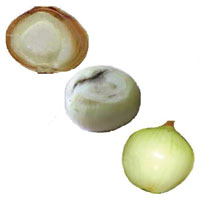

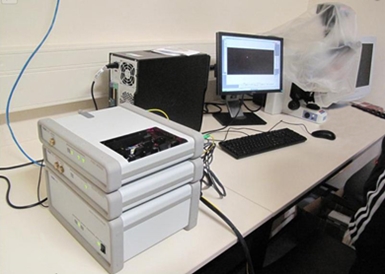
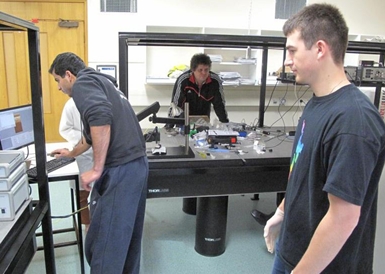
 OCT Identifies Onion Defects
OCT Identifies Onion Defects